The importance of bees in our Countryside.
By Graham Wellstead.
It is often quite difficult to quantify the number and range of insect species which currently live, but may not necessarily thrive, in the UK. With the loss of habitat, and urbanisation, we should not be surprised to learn many small things have gone extinct or are about to. We are living in an increasingly urban concrete jungle, and the wild creatures that are doing well are those which live on our detritus.
There are currently some 250 species of bees in this country, divided into three types:
Bumble bees which all live in small colonies of around 200, Solitary bees. Yep the clue is in the name. And Honey bees, which are a domesticated species. Although there are 24 different Bumble Bees, their low number colonies pale into insignificance compared with the domesticated Hive bee. I read recently a statement of their numbers by someone who should know better, that the average bee hive contains 20,000 bees. In practice a strong hive in summer may contain 80,000 or more. It would be fair to say that, with the surge in beekeeping as a hobby, there are many more individual hive bees than any other species.
We do not know exactly when beekeeping began in the UK, but it does have a long history. Honey still edible was found in the tombs of the pharaohs in Egypt. However, for many years to obtain the honey, the colony had to be destroyed.
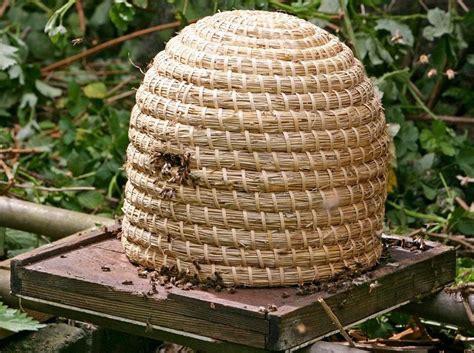
Originally the bees were kept in a straw container, called a skep, in which the bees built natural comb. This had the disadvantage of the Queen laying eggs throughout the comb, which had to be carefully cleaned to separate the grubs and eggs from the honey.
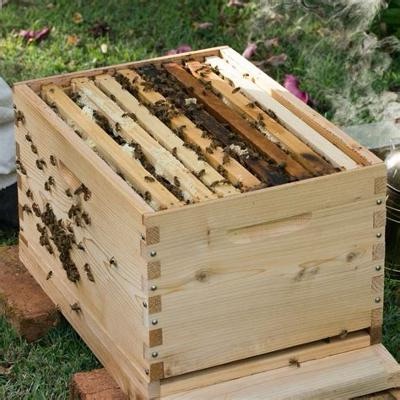
In the 19th century a wooden hive was invented which had two sections. This developed into two types, The National Hive which is a single wall with a flat roof, or the WBC often called a cottage hive, which has the inner plain wood hive inside a painted structure with a pitched roof. Certainly, where only one hive is kept, the WBC looks better in your garden and is also warmer for the bees in winter.
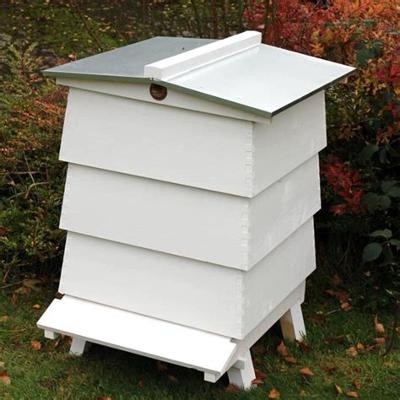
In either case the same rules apply. The lower, the brood chamber, had upwards of 11 rectangular frames with a sheet of beeswax held in place for the bees to build their comb. The upper chamber known as a super had similar frames but half the depth. In between the two there was a perforated sheet, the queen excluder, which has holes for the worker bees to go through, yet to small for the Queen. This arrangement keeps the Queen in the brood chamber leaving the honey stored pure and clean.
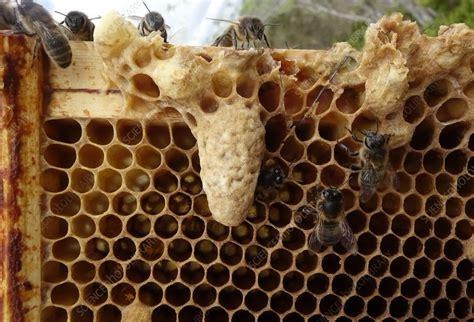
A Queen bee leaves the hive to be mated once, and may live for several years. From May onwards the bees will build special, and obvious, large cells to produce a new queen. Unless the keeper wants a swarm, these must be removed every ten days. This is almost the only time the brood chamber needs to be disturbed.
“A Swarm of bees in May is worth a load of Hay.
A Swarm of bees in Junes is worth a silver spoon
A Swarm of bees in July, isn’t worth a fly”
Early swarms have time to build their numbers to the level of a full hive and survive the winter, while late swarms do not, and are often incorporated into an existing colony.
I was in my thirties before I kept bees. I had often thought about it, read a book on the subject which failed to explain the language, leaving me confused. Later, I met with a man who wanted to interview me while I was working my ferrets to catch rabbits. He had hives, and we agreed, I would teach him about ferrets, if he taught me about bees.
“Two or three hives could pollinate an entire orchard or field of oil seed rape.”
The following Spring, he set up a hive in my garden, having given me 30 minutes of instruction, and released the bees, who had been shut in all day. They were a recently gathered swarm, about 5,000 strong, known as a nucleolus colony. Out they came like a column of smoke and flew round us, checking their new location. I remember thinking I had bitten off more than I could chew. However, curiosity overcame fear and I went on to establish 12 hives in various locations. Two or three hives could pollinate an entire orchard or field of oil seed rape. When bees are feeding on such an abundant source, the colony grow rapidly, and they must vastly outnumber the wild bees.
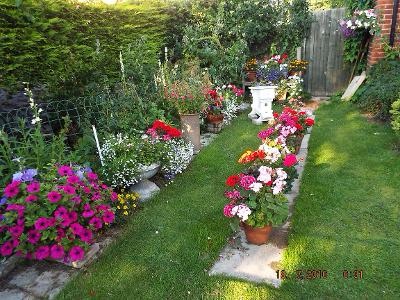
Generally, a hive is safe from predation or disease and the bees thrive, but they do have problems, some natural, such as wax moths which destroy the comb, or Varroa a notifiable disease, which was threating to arrive from the continent. Wax moths had their uses outside the hives, they were an expensive alternative to mealworms, as live food for insect eating birds. Many species of birds kept in aviaries require insect food, and while the mealworms are available, too many can be harmful and wax worm pupae were a much better alternative, so such invasions did not go to waste.
My mother worked for a doctor in the 1930s who kept bees. Taken seriously ill he asked her to go to his hives and tell them if and when he died. He died, she forgot, and eventually remembered. Only to find all his bees were dead. I related this story to a long-time beekeeper. He had heard the story many times but declared it nonsense.
Firstly, bee have no ears, and secondly all the hive bees in the UK are of Italian descent, as they were more productive than the old English black bees. So even if they could hear you, you would need to speak Italian.
“One hive can provide more honey than one family can consume, but several hives can make for a valuable saleable product. By keeping bees, you help the environment and they will repay you for your effort. Can’t be bad!”
Generally, both Bumble bees and hive bees are having a difficult time, but for different reasons. Bumble bee colonies are small and last just one summer, the young queens surviving the winter start a new colony each spring. While the honey bee queen will live for several years and be replaced by the colony when her productive life is finishing. The Bumble bees are in trouble with the loss of the natural food source, a range of wild flowers, habitat loss. I live close to a large area of heather heathland which is home to particular species – the Heath bumble bee, which I have been monitoring for some years. I look out for bumble bees, plant wildflowers as a small gesture.
Hive bees do best off large areas of crop plants as previously mentioned, their problem is diseases rather than loss of habitat, although one of the finest close to my hives at home was the blackberry, a railway embarkment a short distance away would yield some 30lbs of beautiful honey in a relatively short time.
One hive can provide more honey than one family can consume, but several hives can make for a valuable saleable product. By keeping bees, you help the environment and they will repay you for your effort. Can’t be bad!
Something to remember – Hive bees can only sting you once, they leave their sting and poison sack with you and die. Bumble bees can sting repeatedly, but they only do so if pushed.
Graham Wellstead
January 2024

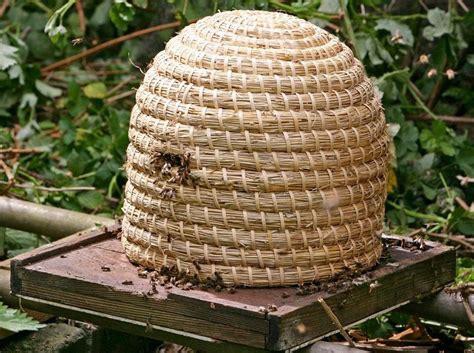

2 responses to “To Bee Or Not To Bee”
Fantastic article, Graham. There are far more species of bee than most people think. Is my memory mistaken or are there blue bees in Kenya ? Bigger than our bumble bees but blue? Or were they wasps anyway ? I’m aware there are many similarities, but it’s fun in this modern age to tell people that evolutionarily bees are just wasps that turned vegetarian !
LikeLiked by 1 person
I’m sure Graham will happily reply, Valerie. I’ll let him know you have a few excellent questions… Simon
LikeLike